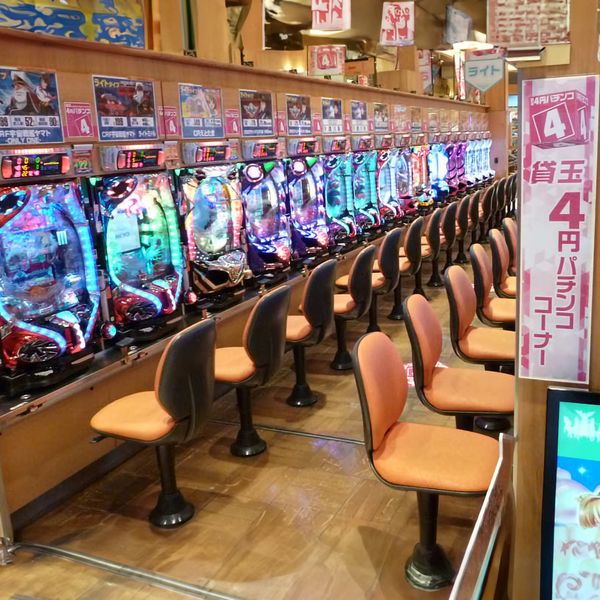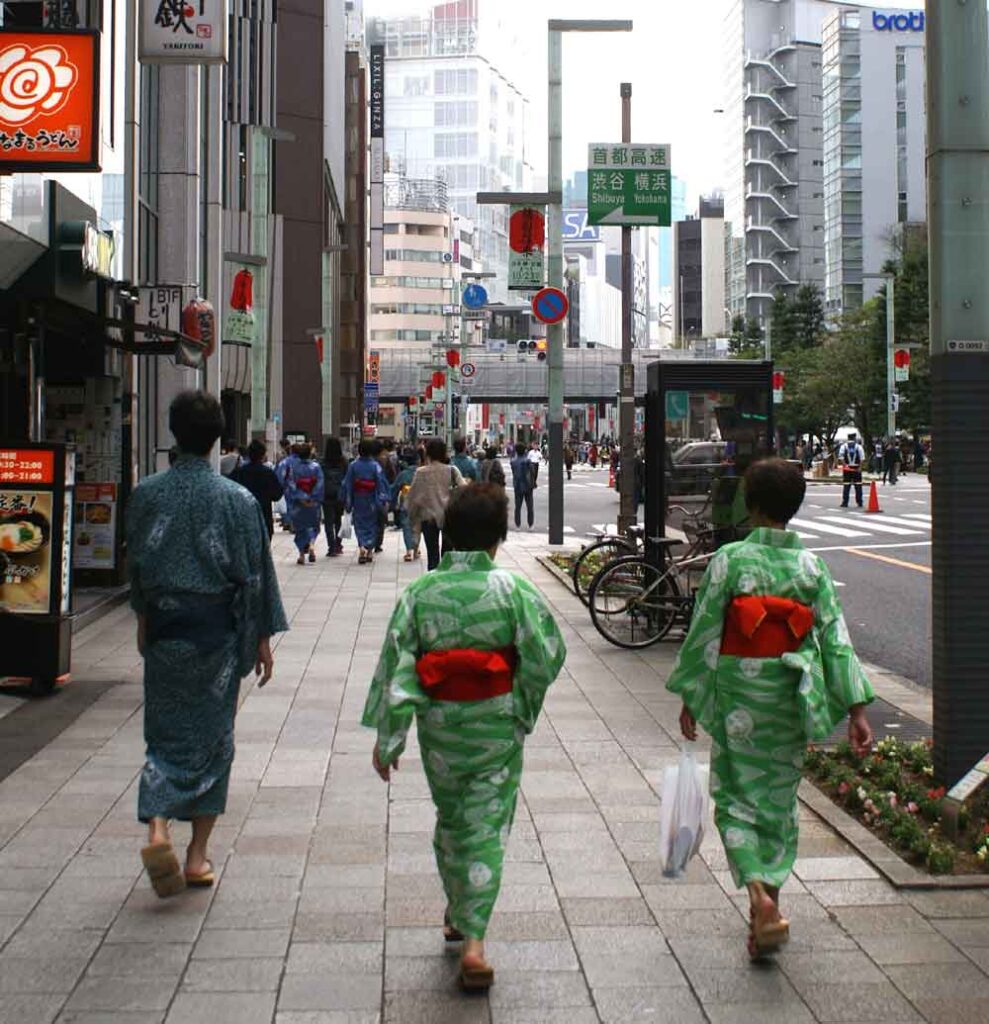Pachinko is a popular game of chance in Japan, often compared to slot machines found in casinos. It is particularly popular with the Japanese, who play it regularly to try to win money.
The game consists of a vertical wall-shaped machine with several rows of small steel balls. Players must throw marbles at the top of the machine, and the marbles then travel down the machine, bouncing off obstacles before ending up in holes, which are actually winning slots. Players can win prizes based on the number of balls that fall into these slots.
Pachinko is often associated with a noisy and lively atmosphere, with numerous gaming machines set up next to each other in dedicated game rooms. Players can also purchase additional balls with coins or prepaid cards.
Although Pachinko is considered a gambling game, Japanese law technically prohibits gambling. However, players can exchange their winnings for prizes, such as toys, electronics or vouchers.
Pachinko has a history dating back to the 1920s, and the game became very popular in the 1970s and 1980s. Today, it remains a popular pastime for Japanese people, despite competition from video games and other electronic entertainment.
However, Pachinko is not without controversy. The game is often associated with questionable practices, such as the exploitation of foreign workers to manufacture the gaming machines, as well as the possibility of money laundering. In addition, there are concerns about gambling addiction and its potential impact on the mental health of players.
Ultimately, Pachinko remains an important part of Japanese popular culture, offering a unique gambling experience for those looking to try their luck and have fun in a challenging environment.



